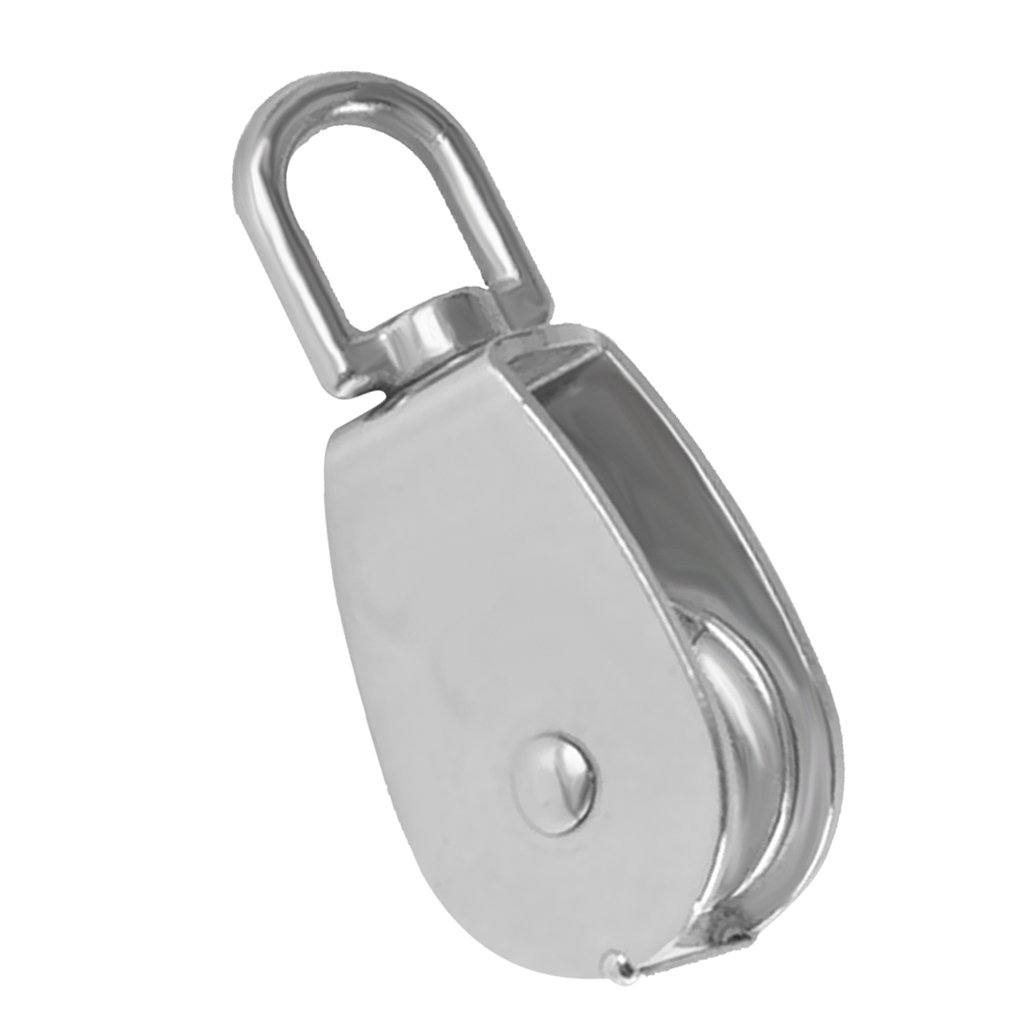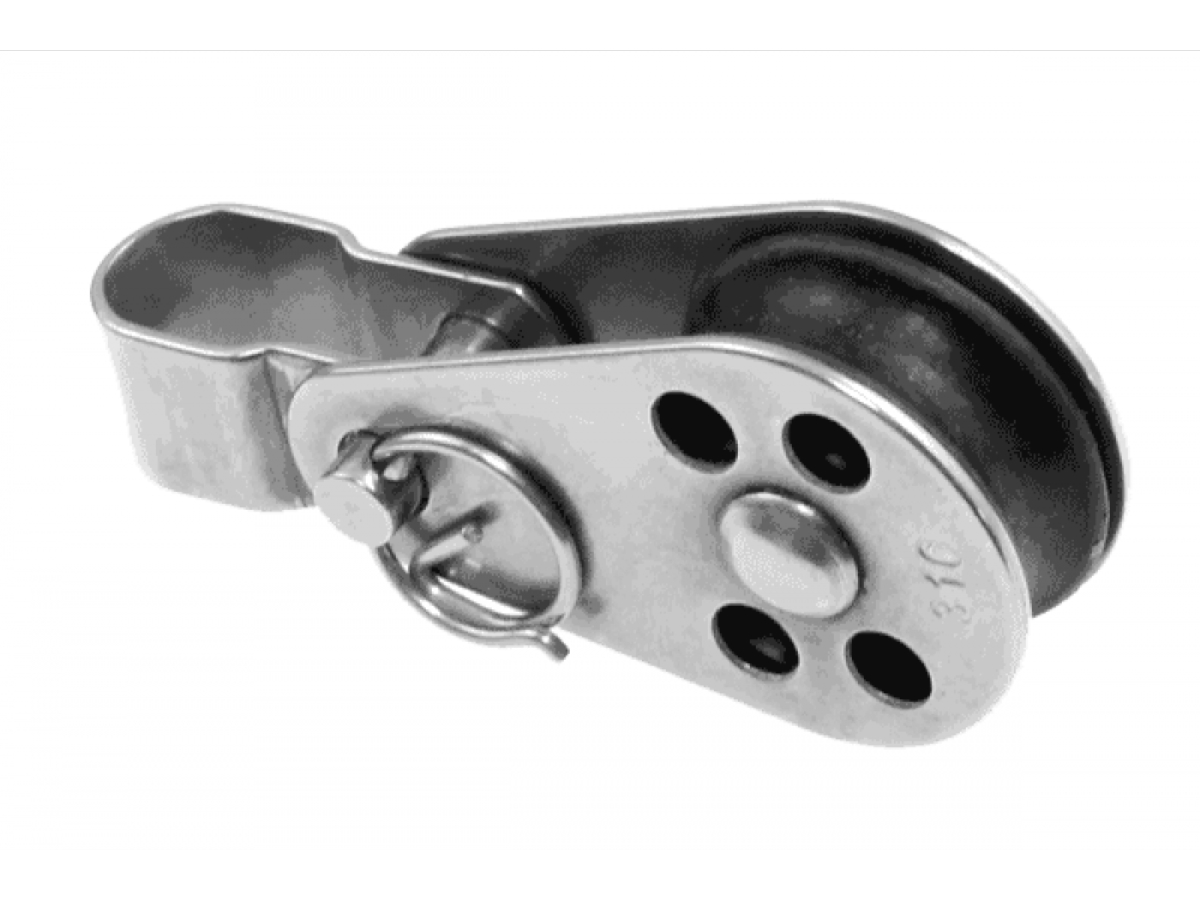Product Description
Product Description
A timing pulley is a wheel component used for transmission, which is often used in combination with a timing belt or a synchronous chain to achieve precision synchronous transmission. The timing pulley usually consists of 2 parts: the wheel flange and the hub. The wheel flange usually has a toothed structure that can be combined with a timing belt or chain to achieve a precise synchronous transmission effect. Synchronous wheels can be divided into 2 categories: grinding gear synchronous wheels and forged tooth synchronous wheels.
Product Parameters
| product | high precision and high quality Cone sleeve timing pulley |
| material | stainless steel , iron , aluminum ,bronze ,carbon steel ,brass etc . |
| size | ISO standard ,customer requirements |
| BORE | Finished bore, Pilot Bore, Special request |
| surface treatment | Carburizing and Quenching,Tempering ,Tooth suface high quenching Hardening,Tempering |
| Processing Method | Molding, Shaving, Hobbing, Drilling, Tapping, Reaming, Manual Chamfering, Grinding etc |
| Heat Treatment | Quenching & Tempering, Carburizing & Quenching, High-frequency Hardening, Carbonitriding…… |
| Package | Wooden Case/Container and pallet, or made-to-order |
| Certificate | ISO9001 ,SGS |
| Machining Process | Gear Hobbing, Gear Milling, Gear Shaping, Gear Broaching, Gear Shaving, Gear Grinding and Gear Lapping |
| Applications | Toy, Automotive, instrument, electrical equipment, household appliances, furniture, mechanical equipment,daily living equipment, electronic sports equipment, , sanitation machinery, market/ hotel equipment supplies, etc. |
| Testing Equipment | Rockwell hardness tester 500RA, Double mesh instrument HD-200B & 3102,Gear measurement center instrument CNC3906T and other High precision detection equipments |
workshop & equipment
Production process
Certifications
Our Advantages
1 . Prioritized Quality
2 .Integrity-based Management
3 .Service Orientation
4 .150+ advanced equipment
5 .10000+ square meter factory area
6 .200+ outstanding employees
7 .90% employees have more than 10 year- working experience in our factory
8 .36 technical staff
9 .certificate ISO 9001 , SGS
10 . Customization support
11 .Excellent after-sales service
shipping
sample orders delivery time:
10-15 working days as usual
15-20 working days in busy season
large order leading time :
20-30 working days as usual
30-40 working days in busy season
FAQ
1. why should you buy products from us not from other suppliers?
We are a 32 year-experience manufacturer on making the gear, specializing in manufacturing varieties of gears, such as helical gear ,bevel gear ,spur gear and grinding gear, gear shaft, timing pulley, rack, , timing pulley and other transmission parts . There are 150+ advanced equipment ,200+ excellent employees ,and 36 technical staff . what’s more ,we have got ISO9001 and SGS certificate .
2: What are the common types of tooth profiles for synchronous belt pulleys?
A: The most common tooth profiles for synchronous belt pulleys are the trapezoidal (or T-type) and curvilinear (or HTD-type) profiles. The tooth profile determines the pitch diameter, which affects the overall ratio of the gear drive.
3 .How long is the delivery?
A: Small orders usually takes 10-15 working days,big order usually 20-35 days, depending on orders quantity and whether are standard size.
| Certification: | ISO |
|---|---|
| Pulley Sizes: | Type F |
| Manufacturing Process: | Forging |
| Material: | Stainless Steel |
| Surface Treatment: | Electroplating |
| Application: | Chemical Industry, Grain Transport, Mining Transport, Power Plant |
| Samples: |
US$ 5/Piece
1 Piece(Min.Order) | |
|---|
| Customization: |
Available
| Customized Request |
|---|

How do you select the right stainless pulley configuration for a specific task?
Selecting the right stainless pulley configuration for a specific task involves considering several factors to ensure optimal performance and compatibility. Here’s a step-by-step guide:
- Identify the Application Requirements: Understand the specific requirements of the task or application. Consider factors such as load capacity, speed, torque, and environmental conditions. This information will help determine the appropriate pulley size, design, and material.
- Determine the Pulley Type: Choose the most suitable pulley type for the task. Options include flat-faced pulleys, V-belt pulleys, timing pulleys, or specialty pulleys. The choice depends on the power transmission method, belt or rope type, and the desired accuracy or functionality required for the task.
- Calculate Pulley Size: Calculate the required pulley size based on the desired speed ratio, belt or rope pitch diameter, and the desired operating speed. Consider the pulley’s diameter, width, and groove dimensions to ensure compatibility with the system components and achieve the desired power transmission performance.
- Consider Pulley Material: Choose a stainless pulley material suitable for the specific task. Consider factors such as corrosion resistance, durability, and environmental conditions. Stainless steel alloys like 304 or 316 are commonly used for their corrosion resistance, while specialty alloys may be required for extreme conditions or specific industry requirements.
- Evaluate Pulley Design Features: Assess additional design features that may be necessary for the task. This could include flanges, grooves, keyways, or specific mounting options. These features ensure proper belt or rope alignment, prevent slippage, and provide compatibility with other system components.
- Consider Pulley Accessories: Determine if any accessories or components are needed for the pulley configuration. This could include bearings, bushings, shafts, or mounting hardware. Select accessories that are compatible with the pulley design and facilitate smooth operation and easy installation.
- Review Industry Standards and Regulations: Ensure that the selected pulley configuration meets relevant industry standards, regulations, and safety requirements. This is particularly important in industries such as aerospace, automotive, or medical, where strict compliance is necessary.
- Consult with Experts: When in doubt, consult with pulley manufacturers, engineers, or industry experts. They can provide valuable guidance and expertise in selecting the right stainless pulley configuration for the specific task.
By following these steps and considering the application requirements, pulley type, size, material, design features, accessories, industry standards, and seeking expert advice, you can select the appropriate stainless pulley configuration that will ensure optimal performance, reliability, and safety for the specific task at hand.

Are there different types of stainless pulleys, and how do they vary in applications?
Yes, there are different types of stainless pulleys, each designed to suit specific applications and requirements. Here are some common types of stainless pulleys and how they vary in applications:
- Fixed Pulleys: Fixed pulleys have a stationary axle and do not provide any mechanical advantage. They are commonly used to change the direction of a force or tension in applications such as flagpoles, lifting systems, or simple mechanical setups where no power multiplication is needed.
- Swivel Pulleys: Swivel pulleys have a rotating axle and can change both the direction and magnitude of a force or tension. They are often used in lifting and rigging applications, such as cranes, hoists, or block and tackle systems, where mechanical advantage is required.
- Timing Pulleys: Timing pulleys have specially designed teeth that mesh with corresponding teeth on a timing belt. They are used in applications that require precise synchronization and positioning, such as conveyor systems, automotive engines, or CNC machines.
- V-groove Pulleys: V-groove pulleys have a V-shaped groove that is designed to guide V-belts, which are commonly used in power transmission applications. They provide traction and prevent belt slippage, making them suitable for applications such as industrial machinery, HVAC systems, or automotive accessories.
- Idler Pulleys: Idler pulleys are used to redirect or guide belts or chains in a system. They do not transmit power themselves but help maintain proper tension and belt alignment. Idler pulleys are commonly found in automotive engines, agricultural machinery, or conveyor systems.
- Variable Speed Pulleys: Variable speed pulleys, also known as adjustable pulleys or variable pitch pulleys, allow for the adjustment of the pulley diameter to change the speed ratio between input and output shafts. They are used in applications where adjustable speed control is required, such as power tools, fitness equipment, or industrial machinery.
The choice of the type of stainless pulley depends on various factors, including the specific application, load requirements, power transmission needs, and desired functionality. By selecting the appropriate type of stainless pulley, engineers and designers can ensure optimal performance, efficiency, and reliability in their respective applications.

What types of materials are typically used for the sheaves or wheels of stainless pulleys?
The sheaves or wheels of stainless pulleys are typically made from various materials to meet specific performance requirements. Here are some common materials used for the sheaves or wheels of stainless pulleys:
- Stainless Steel: Stainless steel sheaves or wheels are commonly used in stainless pulleys to ensure compatibility and consistency in terms of corrosion resistance and durability. Stainless steel sheaves can be made from the same stainless steel grade as the pulley body, providing a cohesive and robust construction.
- Nylon: Nylon is a popular choice for sheaves or wheels in stainless pulleys due to its excellent wear resistance, low friction coefficient, and self-lubricating properties. Nylon sheaves are lightweight, durable, and suitable for applications that require quiet and smooth operation.
- Acetal: Acetal, also known as polyoxymethylene (POM), is another material used for sheaves or wheels in stainless pulleys. Acetal sheaves offer good mechanical strength, wear resistance, and low friction characteristics. They are often chosen for applications that involve high speeds or where chemical resistance is required.
- UHMW (Ultra-High Molecular Weight Polyethylene): UHMW is a high-performance plastic known for its exceptional impact strength, abrasion resistance, and self-lubricating properties. UHMW sheaves or wheels are suitable for heavy-duty applications where resistance to wear, impact, and noise reduction are important.
- Cast Iron: In certain industrial applications, particularly those involving heavy loads and high stress, cast iron sheaves or wheels may be used in stainless pulleys. Cast iron provides excellent strength and durability, making it suitable for demanding applications such as mining or construction.
- Aluminum: Aluminum sheaves or wheels are lightweight and offer good corrosion resistance. They are commonly used in stainless pulleys where weight reduction is desired without compromising strength and performance.
The selection of the sheave or wheel material depends on factors such as the specific application requirements, load capacity, environmental conditions, and desired performance characteristics. By choosing the appropriate material, stainless pulleys can achieve optimal functionality, durability, and efficiency in their respective applications.


editor by CX
2023-11-20